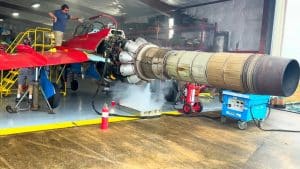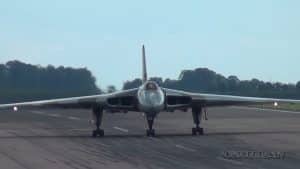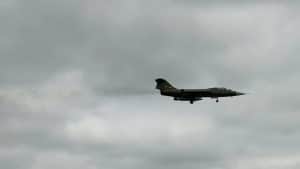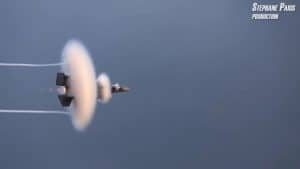Why WW2 Planes Were Started With A Shotgun
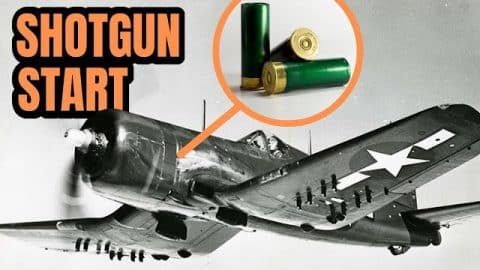
YouTube / Premier History
A Unique System
Engines started in this way didn’t utilize a firearm-like shotgun. Rather, they used a special shotgun shell which is known as the Coffman engine starter.
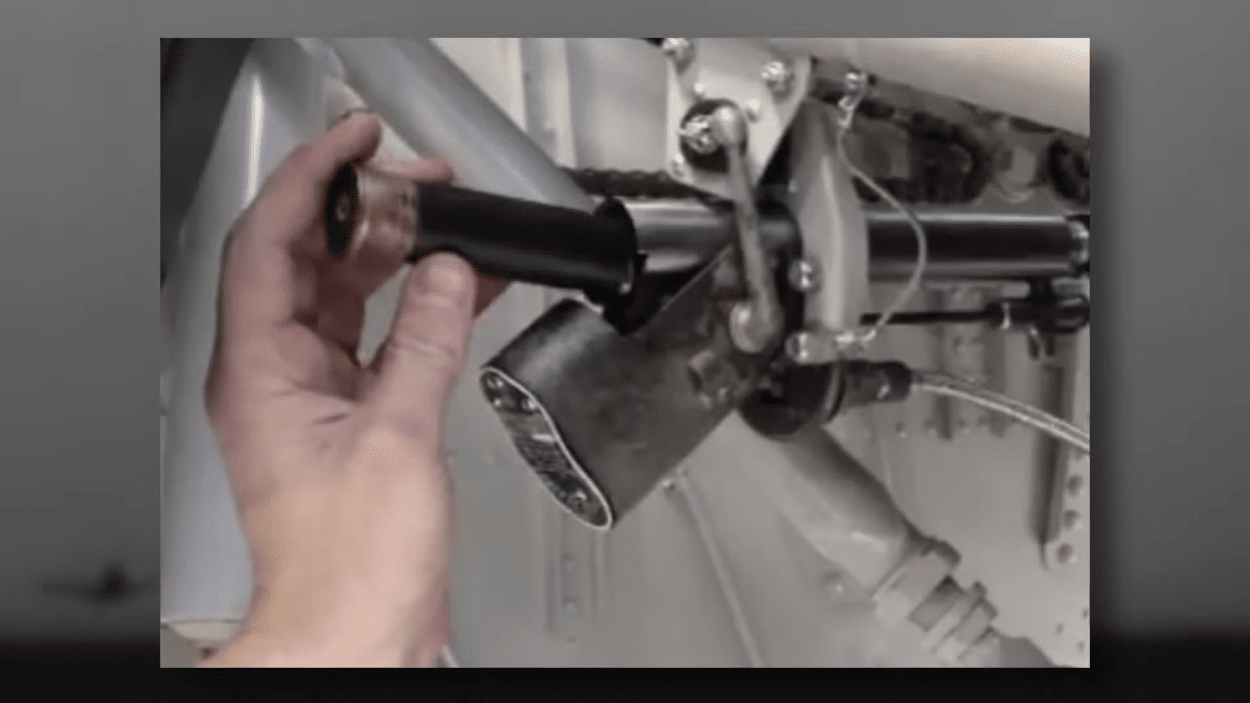
This was a system that was used on several radial piston engines in the 1930s and 1940s.
Breaking The Mold
The primary way to start a plane in this period involves using an electric motor – an inertia starter cranked by hand or electrically powered and a compressed air starter.
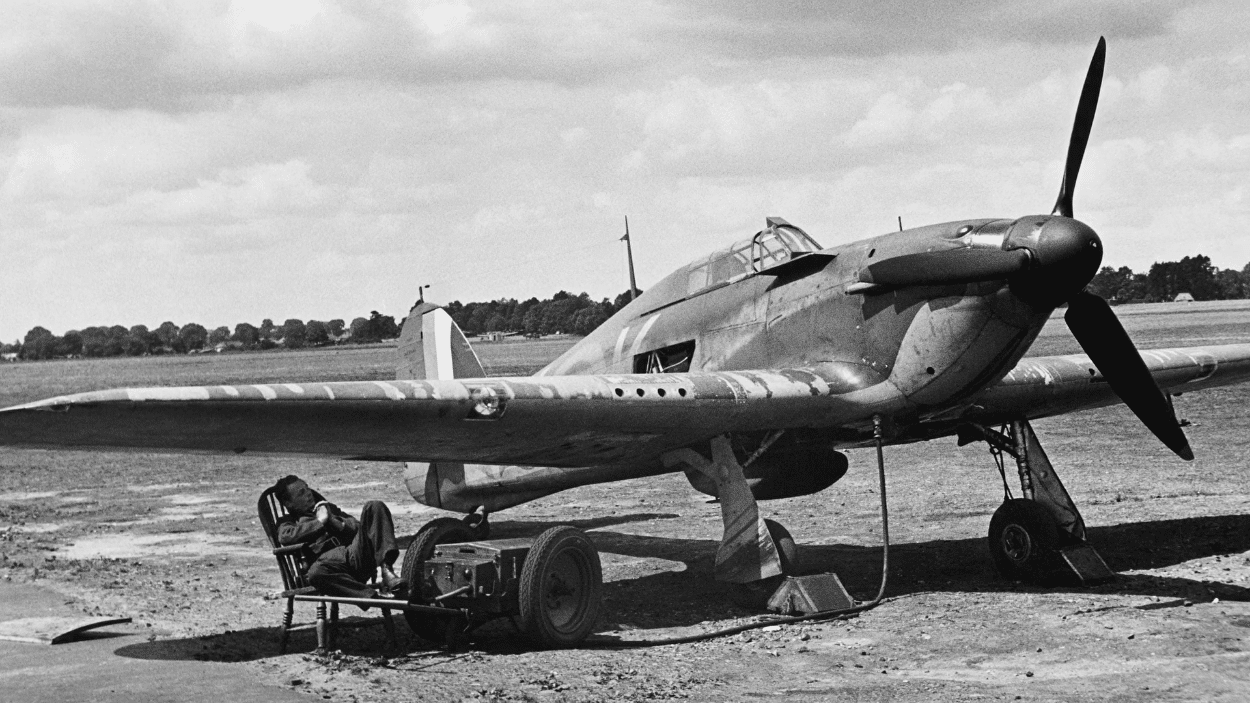
A shotgun starter was usually made up of a breech and motor connected by metal lines, the cartridge fit into the breech and triggered either electronically or mechanically.
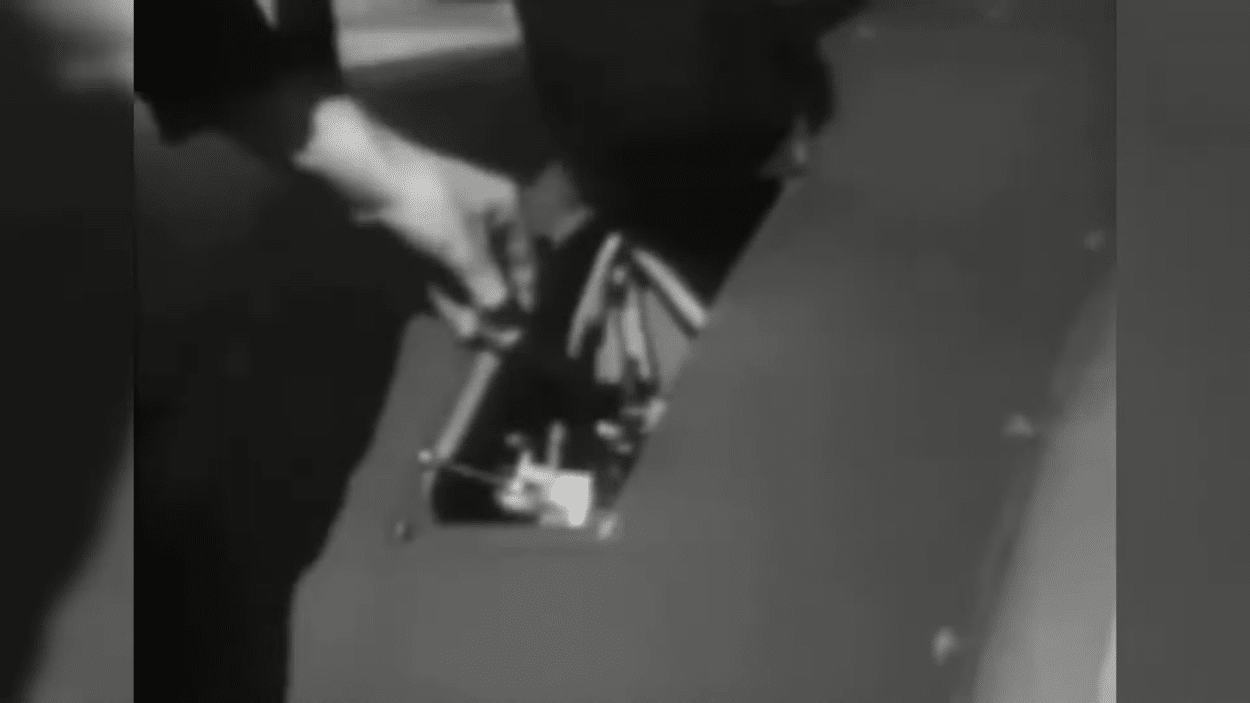
Then, the expanding gases from the fired cartridge pressurized the line, causing the motor to spin and engage the engine’s starter ring attached to the crankshaft.
Pros and Cons
The advantage of using this system over the electric starters is that the batteries of the time were often weak and troublesome.
The aircraft with electric motors needed a battery cart, jumper cables, or massive, heavy batteries that were carried on the aircraft itself.
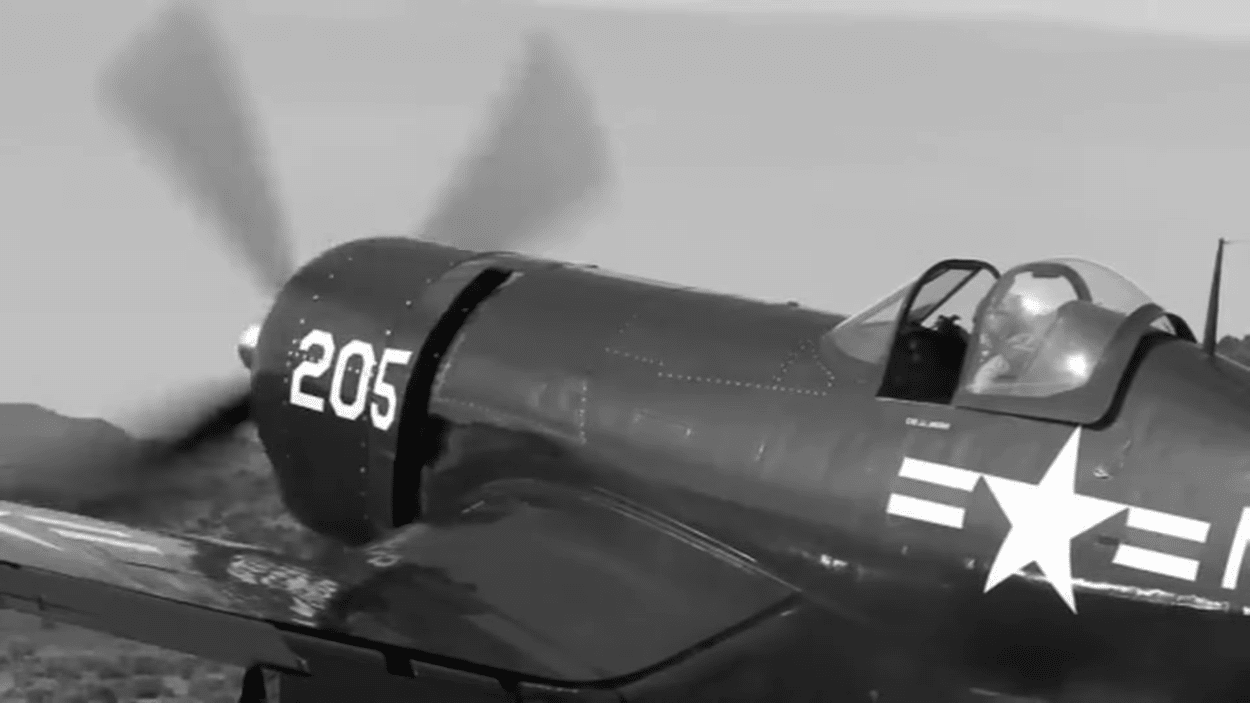
The Coffman was lighter than them, thus chosen to be used in many Allied planes such as the F4U Corsair and the Grumman Wildcat.
A disadvantage of the starter was the need to keep a stock of cartridges that was larger than a regular 12-gauge shell.
While they only needed one to start the engine, it was never guaranteed to start the first time around. These shotgun starts also caused a build-up of carbon in the starting cylinder.
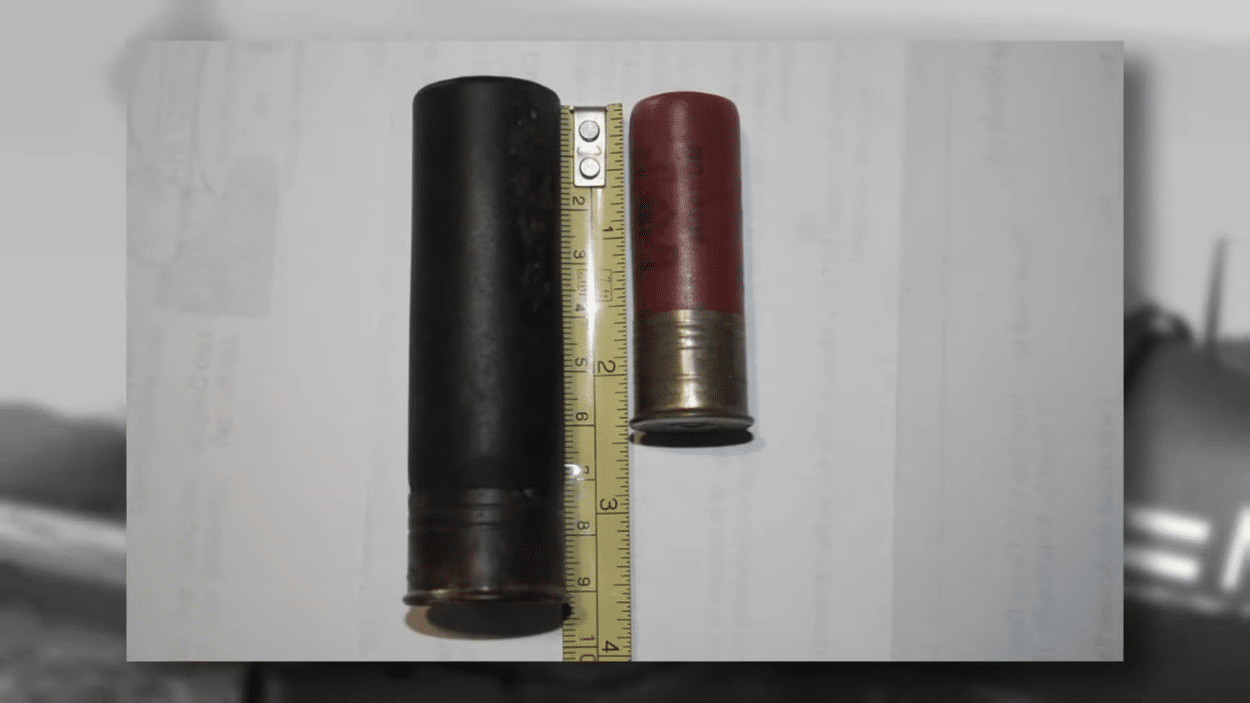
To clear out the carbon, two or more shells have to be fired before the engine can start properly.
However, the system would often come in handy in remote areas like North Africa, the Middle East, or other remote islands in the Pacific.













